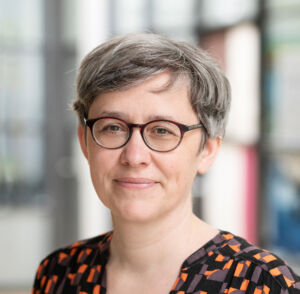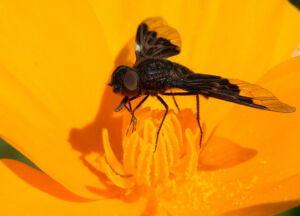Pasture condition in the Mongolian steppe: Cross-validating traditional ecological knowledge and field-based ecological surveys
Khurelpurev Oyundelger et al.
Available online
The MORE STEP research project is investigating change processes in the ecosystem of the eastern Mongolian steppe and their possible consequences for nature and society.
The objectives of the MORE STEP research project are to analyze the social-ecological dynamics in the Mongolian steppe ecosystem and to understand the complex interrelations and feedback mechanisms between nature and society in order to identify irreversible processes (so-called tipping points) and thus prevent them at an early stage. The interdisciplinary approach of the project combines social scientific research on societal transformations with natural scientific research on the regional distribution and mobility patterns of wildlife, as well as changes in the steppe vegetation. The combination of field research, remote sensing and modelling allows the project team to determine social-ecological interactions and feedback processes. Indicators for identifying potential tipping points and sustainable development paths will be jointly developed. Furthermore, MORE STEP will include appropriate applications, such as an online grassland information system.
In the first project phase, the team developed a collaborative working mode involving researchers and non-academic stakeholders (e.g. nomads, industry, governmental and nongovernmental organiations). This was implemented in successful workshops that were held with a total of 50 people in 2019 (in person) and in 2021 (online).
Subsequently, in the second project phase starting in 2023 a joint learning expedition consisting of four workshops will be conducted in the four different provinces (aimags) of the study area. In phase two, ISOE contributes its social-ecological and transdisciplinary expertise in the following areas of the research project: Using qualitative social empirical and participatory methods, the topics of ‘inter- and intragenerational dynamics of traditional ecological knowledge at the community level’ and ‘self-understanding and perception of herders on nature and wildlife in times of climate change’ will be investigated. Furthermore, the effect of herder mobility on livelihoods and the interaction between livestock and wildlife mobility will constitute an integral part of our analysis. The subsequent findings will be the basis for the development of solutions for a nomadic way of life under transformation pressures.
Using multivariate mixed modeling methods, the ISOE team is investigating the strategies used by herders to cope with and adapt to climate change. As a consequence, the available scenarios from the first phase will be updated. Within the project consortium, ISOE is also responsible for transdisciplinary knowledge integration.
In arid regions, the influence of changing environmental conditions makes mobility a crucial survival strategy for humans and animals. While in recent decades mobile grazing systems have worldwide experienced a significant decline, Mongolia is home to one of the last intact steppe ecosystems with traditional land use and remarkable biodiversity. Since the end of the Soviet Union, however, Mongolia has experienced far-reaching economic and societal changes. While the extraction of mineral resources has led to an expansion of infrastructure that contributed to the fragmentation of the steppe, it has also created economic opportunities, resulting in new jobs and different lifestyles.
The nomadic way of life that is culturally, socially, economically and scenically significant, has been subject to major changes. While the number of families owning cattle herds has decreased, their spatial concentration in the vicinity of settlements has risen. In addition to these societal factors, the consequences of climate change also exacerbate the process of change and have led to fundamental changes in the steppe’s social-ecological system. Should these processes continue, the ecosystem runs the risk of reaching tipping points, after which major changes become irreversible for biodiversity as well as for humans.
The research project “MORE STEP – Mobility at risk: Sustaining the Mongolian Steppe Ecosystem” is funded by the Federal Ministry of Education and Research (BMBF) as part of the funding measure “Tipping points, Dynamics and Interrelations of Social and Ecological Systems (GlobalTip) (Kipppunkte, Dynamik und Wechselwirkungen von sozialen und ökologischen Systemen)”.
Khurelpurev Oyundelger et al.
Available online
SHUXIN JI et al.
Available online
SHUXIN JI et al.
Available online
Sophie Peter et al.
Available online
Ulan Kasymov et al.
Available online
What are the causes of biodiversity loss? How can we protect biodiversity in the future? How can we create a willingness for change?
Go to Topic Page

